Mindful Money: Momentum Through Micro-Investing
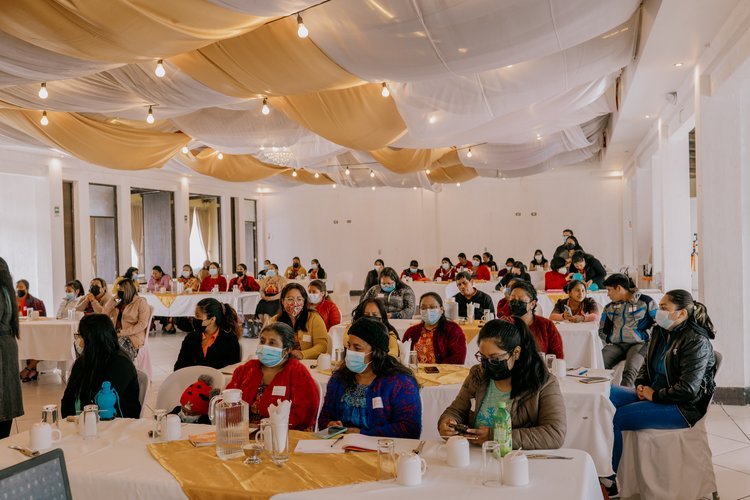
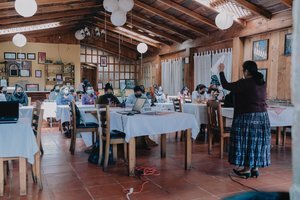
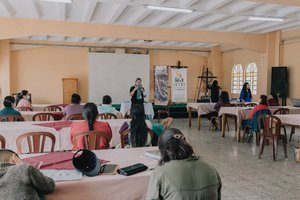
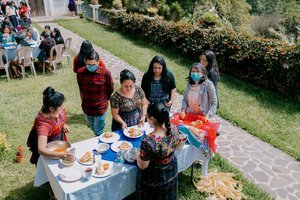
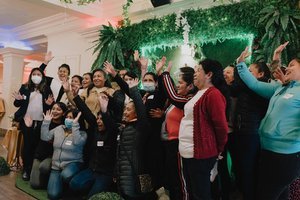
The blog was written by HSP employee Alyssa Ondarza
In the months of September and October, we implemented our full focus on the Virtual Merchant program in Guatemala, Marchante Línea. Continuing through our circle empowerment method, a team consisting of a marketing director, business administration director, and graphic designer trained Guatemalan women in each field providing them with the knowledge and means to conduct their own product management through the creation of business cards, market photography, Webdesign, and business and contingency plans.
In efforts to move past only experimenting with micro-investments, and with the support of the United Nation's International Organization for Migration (IOM) and the United States Agency for International Development (USAID) we have pushed forward with a long-term accompaniment program for ingenious social entrepreneurs fostering resiliency in the face of climate change. Accompaniment methods persist in the values of external but horizontal support whereas other methods may lose sight of these values and that of the community’s knowledge and history of social organization (Taylor et al., 2008). “The accompaniment model also seeks to support the political negotiation capabilities of communities and their leaders, in large part through development and strengthening of social networks.” In other words, micro-investing under an accompaniment method will nurture a relationship between investors and businesses, fortifying business owners’ autonomy over the creation and implementation of their business models.
Key differences between micro-lending and micro-investing are the opportunities for wealth growth, the risk of market saturation, the debt-to-profit ratio, and creative freedom. Micro-lending, though lucrative for intermediary organizations, fails to protect lendees who must repay loans back to the intermediary – not the lender – alongside interest. In Guatemala, lending systems are already in place. Agriculturists may borrow money or seeds in return for the harvested crop which usually results in little to no remaining crop for individual business profits. Direct money loans exist where borrowers may receive day funds which must be repaid within the day with interest. These types of fast-paced and seasonal loans rarely leave opportunities for wealth growth as profits are immediately used to repay loans, interest costs, and routine business expenses. Micro-lending brings new loaners but no new opportunity for sustainable profit increase for borrowers. Additionally, the risk of market saturation with international micro-lending is perpetuated. This is because loans generated by micro-lending often require specific business models or products for qualification which leads to multiple businesses promoting the same product or service increasing competition and decreasing creative freedom.
The long-term accompaniment program will reinstate individual freedoms for business owners, allowing for sustainable business ventures and maintaining a serious recognition of community values and social structures. As mentioned, we have initiated a training program in four locations where women were trained and equipped with product management and advertisement skills. 25 businesswomen will be chosen to receive a $1000 investment with the goal of a follow-up investment of an additional $1000 for successful businesses at their first-year mark. Implementing micro-investing will support individual businesses to avoid market saturation and debt disbursements as seen in micro-lending. With micro-investments, you only pay back if it's successful after you have already paid yourself. Also, micro-investments go straight to entrepreneurs rather than to an intermediary which reduces risks. Altogether this will address the problem of fear-based business models and reinstate power to businesswomen manifesting social and political strength and security.
Taylor, P. L., Cronkleton, P., Barry, D., Stone-Jovicich, S., & Schmink, M. (2008). Models of External Assistance. In ‘If You Saw It with My Eyes’: Collaborative Research and Assistance with Central American Forest Steward Communities (pp. 29–36). Center for International Forestry Research. http://www.jstor.org/stable/resrep02098.10





